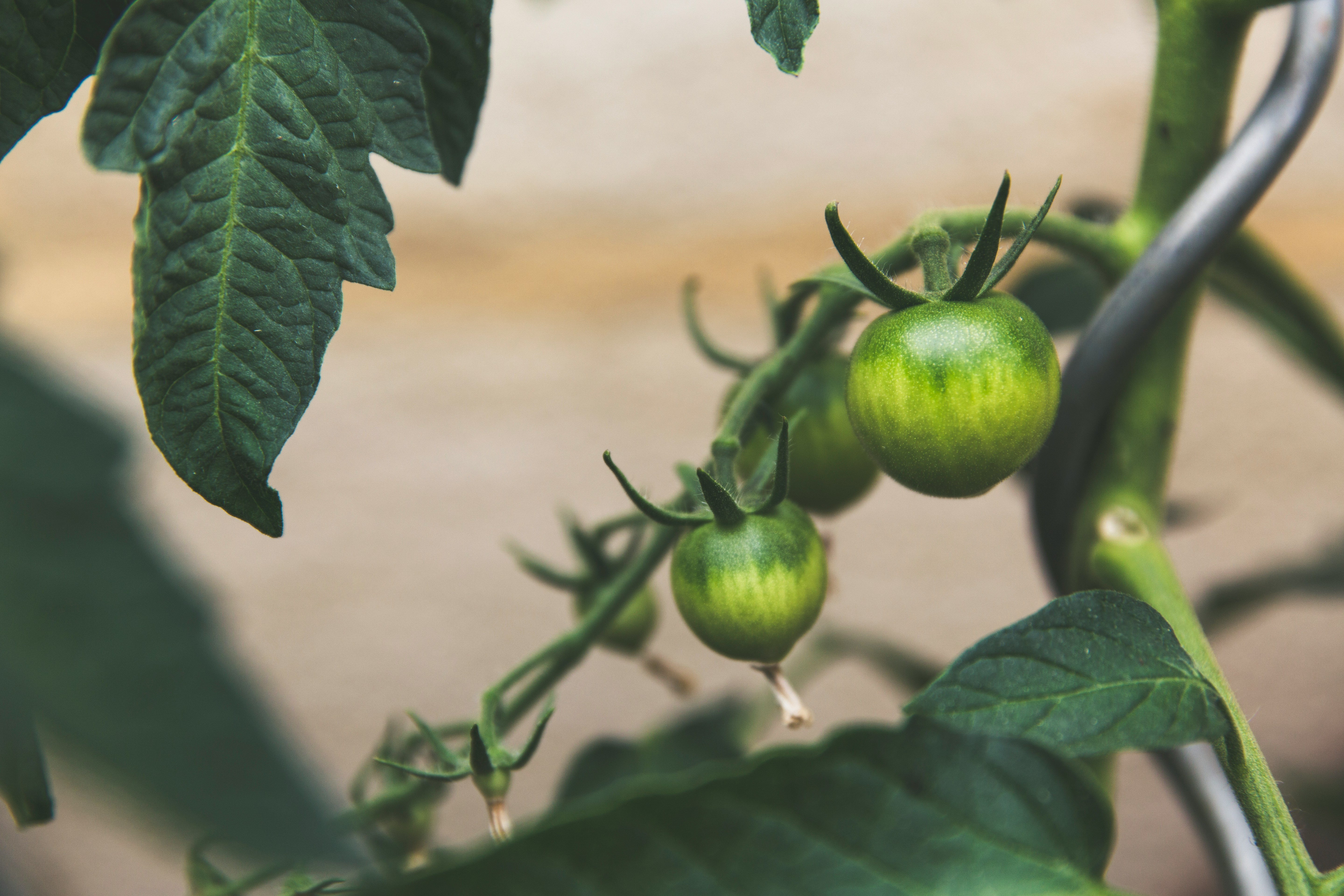Vertical Farming: A Revolutionary Approach to Sustainable Agriculture
Vertical farming, an innovative agricultural approach, maximizes space, optimizes resources, and employs technology for sustainable, year-ro
Vertical farming is an innovative approach aims to optimize
space utilization, overcome geographical constraints, and enhance resource
efficiency. Utilizing advanced technologies such as Controlled Environment
Agriculture (CEA), vertical farming allows for precise control over
environmental factors, fostering year-round crop production independent of
external conditions.
In conclusion, vertical farming represents a technologically advanced and sustainable solution to the challenges faced by conventional agriculture. With its focus on efficient space utilization, reduced environmental impact, and precise resource management, vertical farming offers a promising avenue for meeting the demands of growing populations in urbanized settings. The history, technological evolution, and numerous advantages of vertical farming underscore its potential to revolutionize global food production systems in the quest for a more sustainable and resilient future.
What is vertical farming?
Vertical farming is a revolutionary approach to agriculture
that deviates from traditional horizontal farming practices. Instead of
utilizing vast expanses of land for cultivation, this method involves growing
crops in vertically stacked layers, often within enclosed structures like
shipping containers, skyscrapers, repurposed warehouses, or even abandoned mine
shafts. The primary aim is to maximize the use of limited space and resources,
making it particularly appealing in densely populated urban areas where land
availability is restricted.
One key feature of vertical farming is its reliance on Controlled Environment Agriculture (CEA) technology. This entails carefully regulating and controlling various environmental factors such as humidity, temperature, gases, and light to create optimal conditions for plant growth. Unlike traditional farming, where crops are subject to the unpredictable and uncontrollable outdoor environment, vertical farming allows for meticulous management of these factors. This precision is achieved through advanced monitoring systems and automation, ensuring that crops receive the ideal conditions throughout their growth cycle.
How does Vertical farming work?
The cultivation of crops on tower-like structures or
vertically stacked layers serves a dual purpose. First, it maximizes the use of
available space by expanding upwards rather than outwards, which is especially
crucial in urban environments with limited land availability. Second, this
vertical layout allows for the careful optimization of resource usage, as it
enables the precise control and monitoring of environmental conditions for each
layer of crops. This strategic layout is designed to enhance food production
while minimizing the ecological footprint associated with traditional
horizontal farming.
Lighting is a critical aspect of vertical farming,
considering the controlled indoor environment where natural sunlight might be
limited. Cultivators employ a combination of artificial and natural light
sources to ensure that crops receive the necessary light for photosynthesis.
Technologies like rotating beds are often utilized to enhance lighting
efficiency further. By rotating the crops, each plant receives adequate
exposure to light, promoting uniform growth and optimizing the use of energy.
Sustainability is a core principle in vertical farming,
aiming to reduce the strain on natural resources associated with conventional
agriculture. One notable sustainability practice is the recycling of irrigation
water, which can lead to a significant reduction in water usage, often up to
95%. This closed-loop system minimizes waste and makes the most efficient use
of water resources. The indoor nature of vertical farming reduces the need for
agrochemicals, as the controlled environment mitigates the risks of pests and
diseases.
The growing medium in vertical farming is another key element that distinguishes it from traditional agriculture. Vertical farming often utilizes soilless agriculture methods such as aquaponics, aeroponics, and hydroponics. These techniques involve cultivating plants without traditional soil, relying instead on nutrient-rich water solutions to provide essential elements for plant growth. Coconut husks and peat moss are commonly used as alternative growing mediums, offering support and stability to the plants while facilitating nutrient absorption.
History of Vertical Farming
The history of vertical farming can be traced back to
ancient civilizations, where various forms of terraced agriculture were
employed on hilly terrains to optimize land use. However, the concept as it is
understood today began to take shape in the early 20th century. One early
example is the work of American architect and inventor Frank Lloyd Wright, who
proposed the idea of "The Illinois" in 1956. This visionary concept
envisioned a mile-high skyscraper with layered agricultural terraces, incorporating
residential, commercial, and agricultural spaces. While The Illinois was never
realized, it laid the conceptual groundwork for the integration of agriculture
into urban structures.
In the 1990s, the term "vertical farming" gained
prominence with the work of Dr. Dickson Despommier, a professor of
environmental health sciences at Columbia University. Despommier popularized
the idea of using modern technology to grow crops in vertically stacked layers
within urban environments. His vision involved converting urban buildings into
self-sustaining ecosystems capable of producing food for their inhabitants.
The 21st century witnessed key milestones and technological
developments that propelled vertical farming from concept to reality. In 2010,
the world's first commercial vertical farm, named "The Plant," opened
in Chicago. This facility utilized aquaponics and hydroponics to cultivate a
variety of crops while generating energy from organic waste. Subsequent years
saw an increase in the number of vertical farms globally, with advancements in
automation, data analytics, and LED lighting technology enhancing efficiency
and crop yields.
A notable milestone in vertical farming technology was the advent of controlled environment agriculture (CEA). This approach involves closely monitoring and manipulating environmental factors such as temperature, humidity, light, and nutrient levels to create optimal conditions for plant growth. CEA technology allows vertical farms to operate independently of external weather conditions, ensuring year-round production and consistent crop quality. In recent years, vertical farming has continued to evolve with the integration of smart farming technologies, robotics, and artificial intelligence. These innovations enable more precise control over the cultivation process, from seeding to harvesting, contributing to increased efficiency and resource utilization.
Advantages of Vertical Farming
- Optimum
Space Usage: Vertical farming maximizes space efficiency by utilizing
vertically inclined surfaces, eliminating the need for vast acres of flat,
fertile land. Crops can grow in various conditions and non-soil mediums,
thriving even in adverse climates.
- Reduced
Transport Cost and Urban Locations: The urban placement of vertical
farms reduces transportation costs, as crops can be grown closer to
consumer locations.
- Consistent
and Higher Crop Yield: Vertical farming ensures reliable year-round
crop production, independent of external factors like sunlight, seasons,
water, and geography.
- Lower
Water Usage: Hydroponic growing methods in vertical farming
significantly reduce water requirements for irrigation. The clean,
recyclable water usage in the farming cycle results in a drastic
reduction, using only 10% of the water typically needed in traditional agriculture.
- Zero
Agrochemical Usage: Controlled environmental conditions in vertical
farming eliminate the need for agrochemicals, as pests and diseases are
minimized.
- Energy
Efficiency and Lower Power Consumption: Some vertical farms
incorporate in-built power generation units, lowering power consumption
costs and contributing to reduced carbon footprint.
- Minimized
Occupational Hazard: Vertical farming reduces occupational risks
associated with traditional agriculture, as it eliminates the need for
heavy farming equipment, harmful agrochemicals, and exposure to
disease-causing microbes.
- Reduced
Labor Costs: Vertical farming, heavily reliant on technology, can
operate with minimal human intervention. The adoption of fully-automated
processes leads to significantly reduced labor costs, allowing farmers to
achieve higher yields while minimizing expenses.
Vertical farming represents a
technologically advanced and sustainable solution to the challenges faced by
conventional agriculture. With its focus on efficient space utilization,
reduced environmental impact, and precise resource management, vertical farming
offers a promising avenue for meeting the demands of growing populations in
urbanized settings. The history, technological evolution, and numerous
advantages of vertical farming underscore its potential to revolutionize global
food production systems in the quest for a more sustainable and resilient
future.











No comments yet